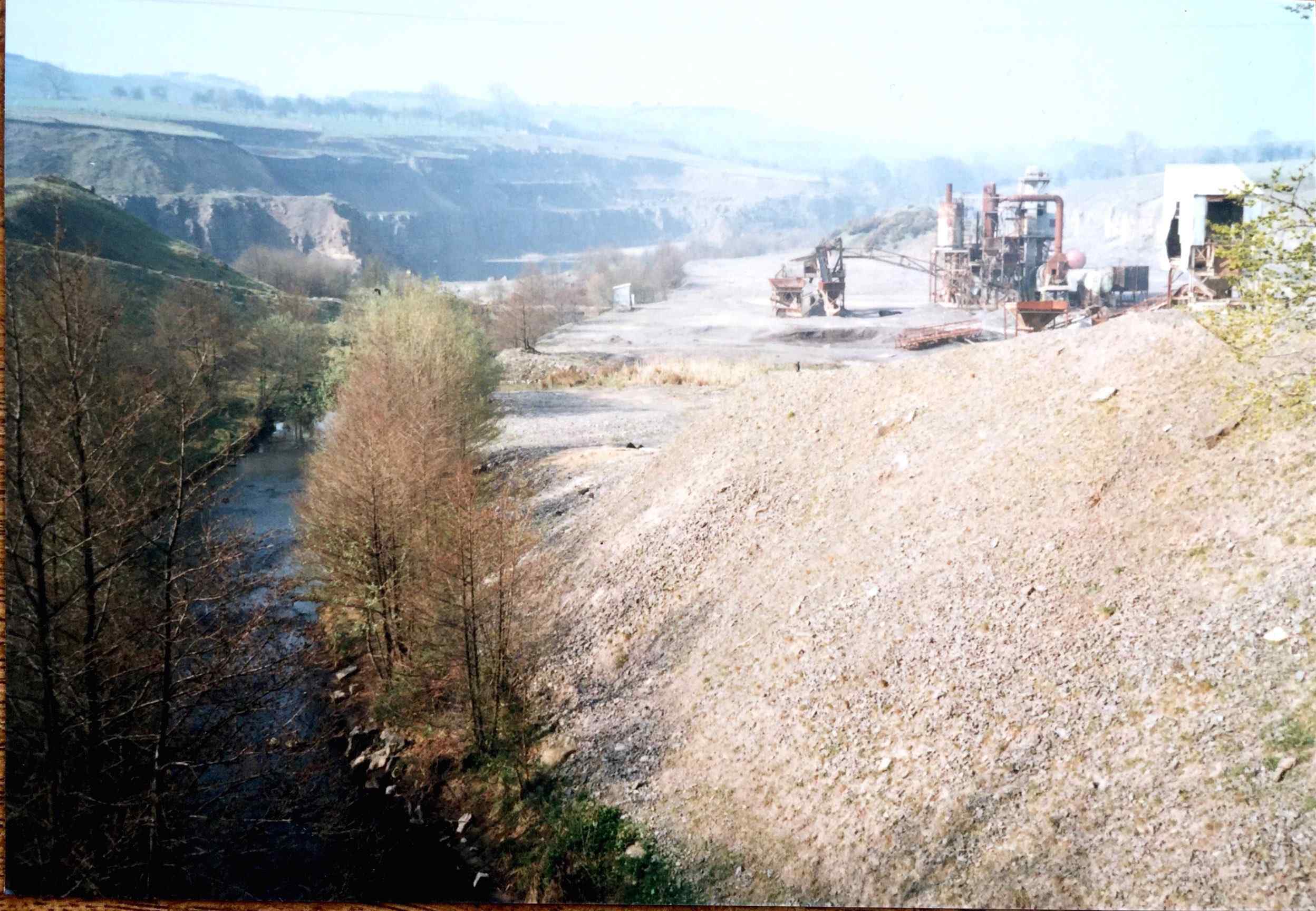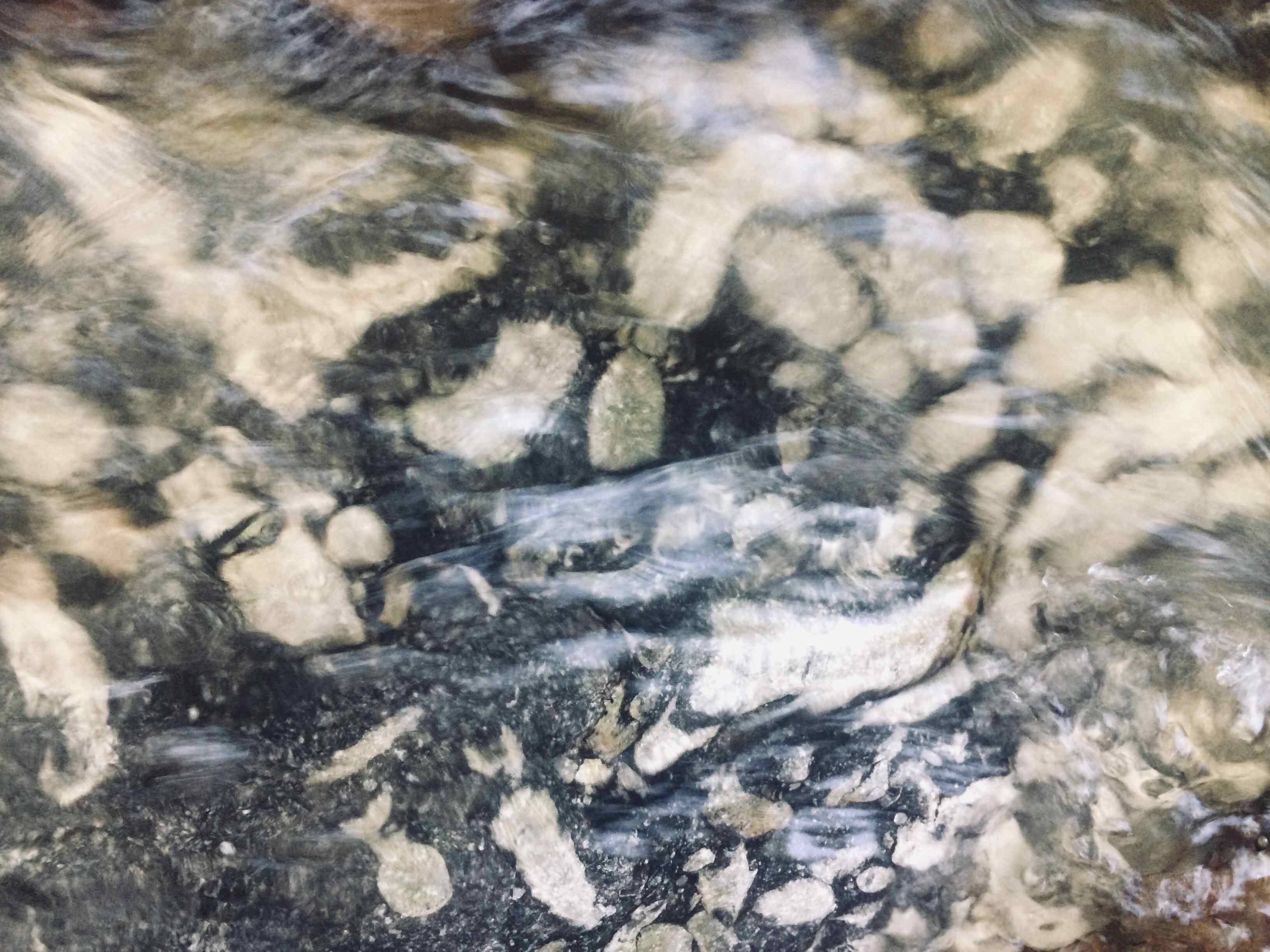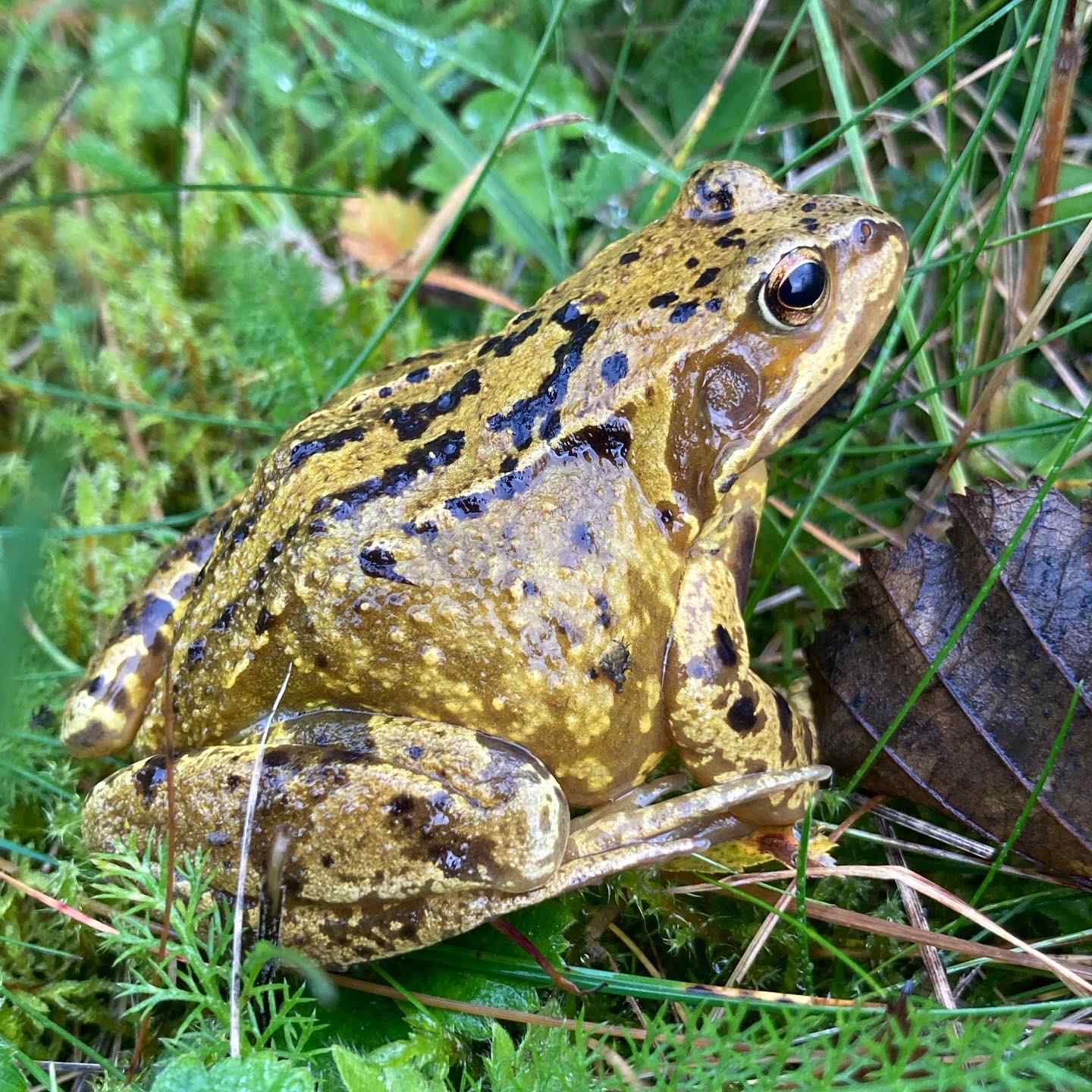Harehope Quarry has a rich industrial history as a working limestone quarry, but since quarrying ceased wildlife has returned and its important biodiversity and geodiversity is now enjoyed by visitors to the site.

Limestone has been quarried at Harehope for more than 900 years. Quarrying on a small-scale has taken place here since the 12th century. However, larger scale quarrying did not begin until 1901 and had stopped by 1931. The quarry re-opened again in 1954 and continued until 1987. The quarry was used more recently as a tarmac coating plant with limestone being brought in from other quarries in Weardale. The Frosterley Marble, a fossil-rich bed of limestone, was quarried for its ornamental value and can be seen in the Chapel of the Nine Altars in Durham Cathedral as well as in other churches and buildings in Weardale and further afield.
The rocks in Harehope Quarry were formed in the Carboniferous Period of Earth history, around 350 to 300 million years ago. The quarry has exposures of limestone, shale, sandstone and coal, formed during that time. In Carboniferous times the land that became Britain lay astride the equator and was periodically covered by tropical seas, huge river deltas and rainforests.

The tropical seas of the Carboniferous Period were full of life such as corals, sponges, crinoids and brachiopods. When these creatures died their remains accumulated on the sea floor and eventually were compressed and cemented to become the limestone seen in the quarry today. Large rivers drained into these seas from the north and washed in mud and sand forming vast deltas. The layers of sand and mud settled on the sea floor and were compressed and cemented into shale and sandstone. Layers of sandstone and shale can be seen above the limestone. The deltas built up above sea level into vast swampy areas and the relics of these are seen in the coal seams of the area. A very narrow coal seam is just visible in the top layers of the quarry face.
The repetition of limestone, shale, sandstone and coal is seen across the North Pennines and is the result of changing sea levels. When sea levels were low deltas built up and lush swamp vegetation grew. When sea levels were high the forests were drowned and the tropical sea returned. This pattern repeated itself many times, resulting in the repeating layers of rock known as 'cyclothems'. A complete cyclothem is exposed in the face of Harehope Quarry.
Harehope Quarry is best known, however, for its exposures of Frosterley Marble. Frosterley Marble is a fossil-rich limestone that is found near the top of the Great Limestone and is exposed and polished by the riverbed at the western end of the quarry. The fossils in the limestone are predominantly a solitary coral, Dibunophyllum bipartitum. When polished the white fossils contrast with the black of the limestone. It has been widely used as a decorative stone in local churches and private houses and more recently in a number of local sculptures. The pillars in the Chapel of the Nine Altars at Durham Cathedral are made from Frosterley Marble, thought to have come from Harehope Quarry.
Harehope Quarry also has a small cave system called Jacob's Pot. This has formed as a result of the limestone being slightly soluble in rainwater. When rain or river water seeps down cracks in the limestone it gradually dissolves the rock. The cracks become larger over time and streams can sink into the cracks and flow underground. This creates underground tunnels and caves. Jacob's Pot is a small cave system that is now blocked in places as a result of quarrying.
Harehope Quarry has been left to recolonise naturally since the late 1980s and has many areas of wildlife interest. It has been designated a Local Wildlife Site for its wetlands, wet woodland and limestone grassland. The North Pennines National Landscape also designated Harehope Quarry as a Special Invertebrate Site.
The Bollihope Burn flows through the centre of the quarry and has been important to the recolonisation of the site. Salmon and sea trout spawn in the river and otter regularly use the river corridor, their footprints often seen on the sandy banksides. Local fishermen have also reported seeing water vole, but this has not been confirmed.

The Quarry Pond and other ponds also provide important wetland habitats and attract wildfowl such as mallard, moorhen, tufted duck, little grebe, goosander and heron. Kingfisher and dipper are also year-round residents. Sand martin and swallows can be seen feeding over the ponds during the summer months.
The grasslands around the quarry are important for nesting waders during the summer, primarily lapwing and oystercatcher. Red shank, common sandpiper and little ring plover visit the quarry to feed. The quarry faces in contrast provide nesting sites for little owl and kestrel.
The limestone grassland is unimproved and has a wide range of wildflowers. These include twayblade, bee orchid, northern marsh orchid, lady’s mantle and bird’s foot trefoil to name a few. These grasslands are managed to benefit the wildflowers. The limestone gravel areas of the quarry are covered with a carpet of thyme, stonecrop, eyebright and barren strawberry. The alder carr and goat willow scrub provide contrasting habitats.